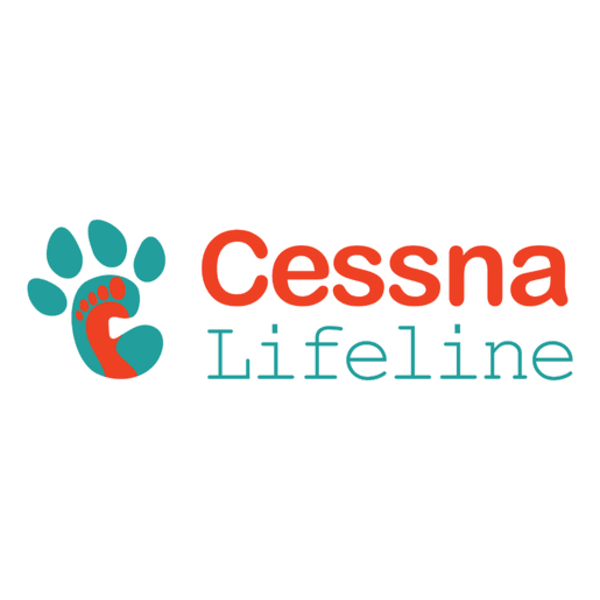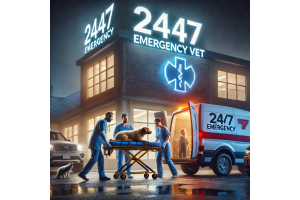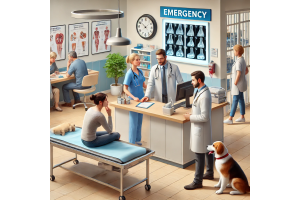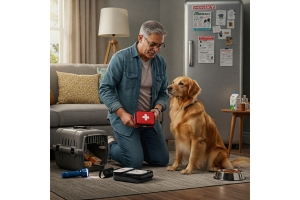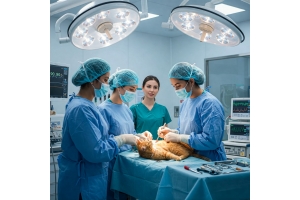Femoral Head Ostectomy
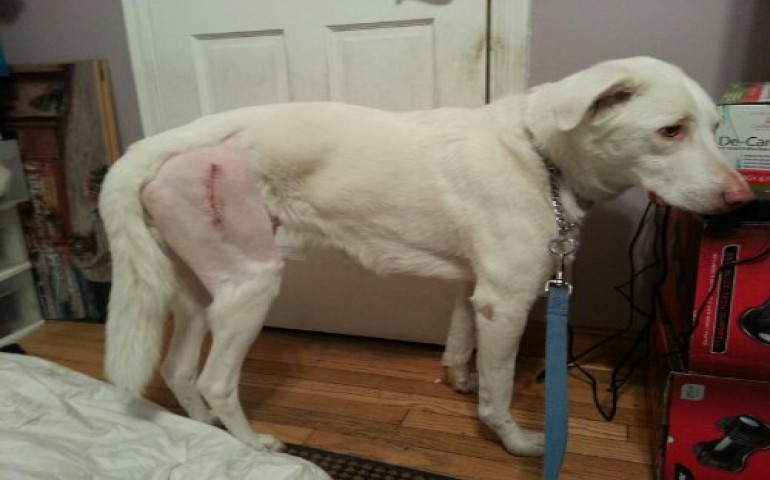
Postoperative Care
Your participation in the recovery process is critical. By using the following timetable, good ambulatory function can be attained within 6-8 weeks after surgery. Maximal function and comfort usually requires 6-10 months.
Until at least four months after surgery, continue to avoid slick floors and heavy activity with other dogs or children. Acrobatics and aggressive ball chasing should not be allowed yet as they will stress the joint area, incite pain, and acutally cause the hip to be “protected” or guarded. By four to six months after surgery, the patient can usually return to unrestricted activity. As with all orthopedic problems, good health and weight control are extremely important for a smooth recovery.
Post-operative week 1:
Rest and T.L.C. (tender loving care) are most important. Light passive physical therapy (flexing and extending the hip) may be instituted to prevent adhesions and encourage a full range of motion. This simple early exercise may be uncomfortable to the dog and may require a muzzle and two people to complete.
Post-operative weeks 2-4:
Slow, short leash walks around one to two blocks are ideal. The length and frequency of the walks should be increased every 3-4 days. Passive flexion and extension of the hip (pulling the hip back as far as allowed) at least 2-3 times daily for 1-2minutes per session is also recommended. This will likely be uncomfortable or even painful with maximal hip extension (pulling back) but is critical to achieving a full range of motion and a more normal gait. Swimming is an excellent form of physical therapy and may begin after suture removal.
Post-operative weeks 5-8:
Muscle and stamina are increased with walks or straight line jogs in tall grass, sand, or even uphill. Standing on the rear legs and jumping will extend the hip joint.
Post-operative weeks 8-12:
Jogging and walks of substantial duration (1-2 miles) are to be encouraged depending on climate and stamina. Jumping, stairs, and playing are permitted with certain limitations (supervised activity only).
Post-operative weeks 12-24:
Until at least four months after surgery, continue to avoid slick floors and heavy activity with other dogs or children. Acrobatics and aggressive ball chasing should not be allowed yet as they will stress the joint area, incite pain, and acutally cause the hip to be “protected” or guarded. By four to six months after surgery, the patient can usually return to unrestricted activity. As with all orthopedic problems, good health and weight control are extremely important for a smooth recovery. Feed the same amount of food every day and weigh your dog once a week. If weight gain is noted, reduce the amount of food by 25-50%. Be certain that all members of the household are following the diet regimen. Thyroid levels should be evaluated if weight control has been or is a current problem. As the animal progresses through the healing process, it is not unusual for him or her to stress or strain the muscle and the fibrous support of the hip area. The associated lameness is usually acute and lasts for only one to three days. Treatment consists of 48 to 72 hours of rest and anti-inflammatory medications.
Please feel free to call or schedule a recheck appointment if you have any questions or concerns during the postoperative rehabilitation.
